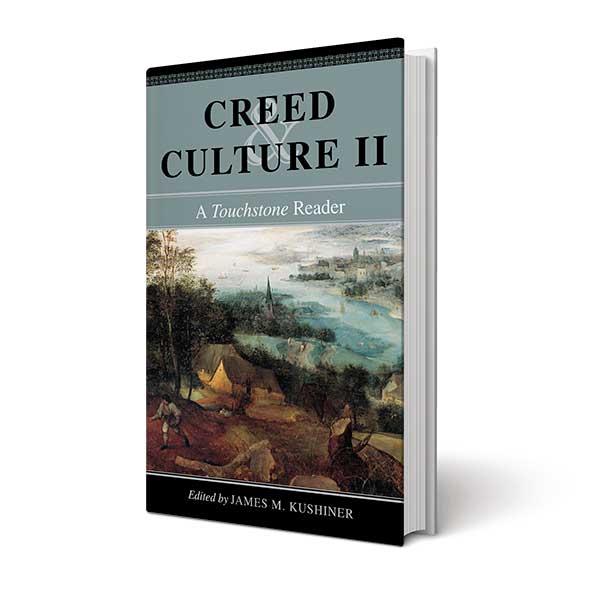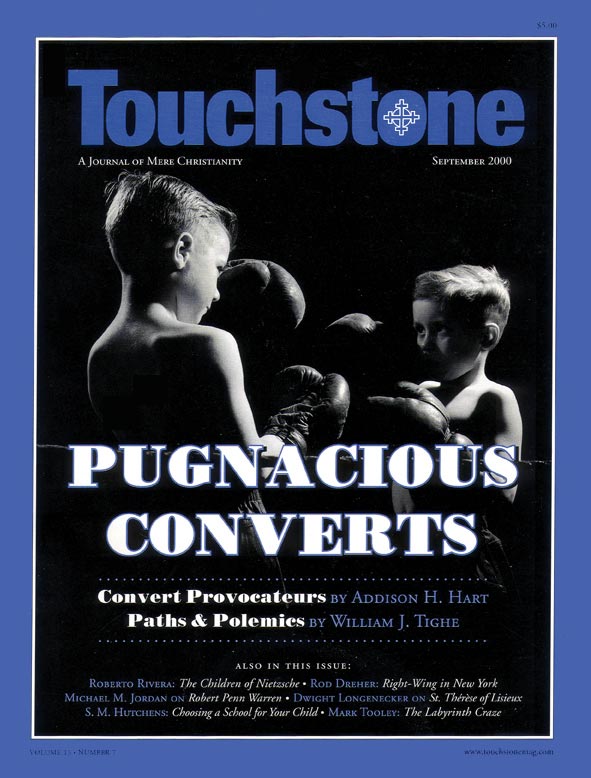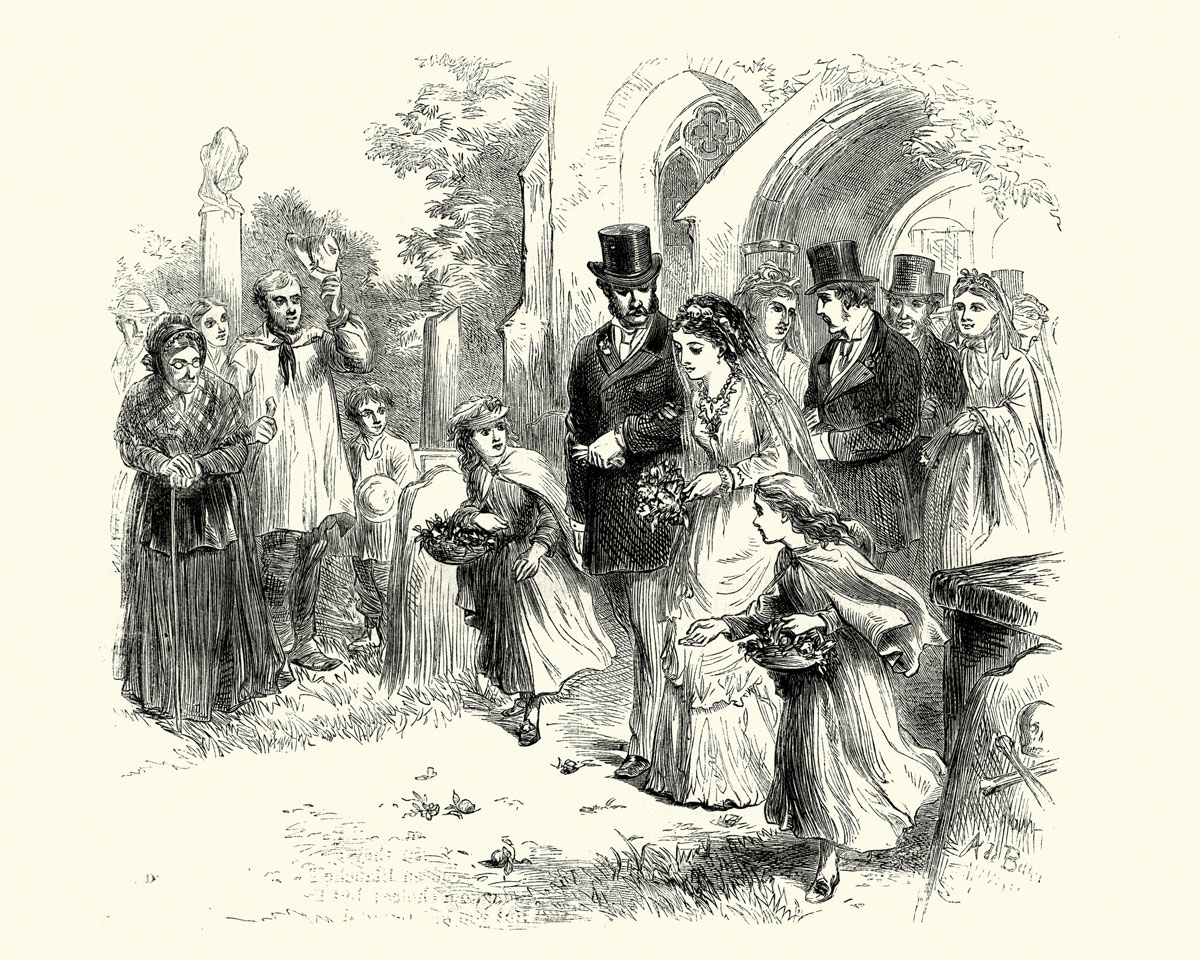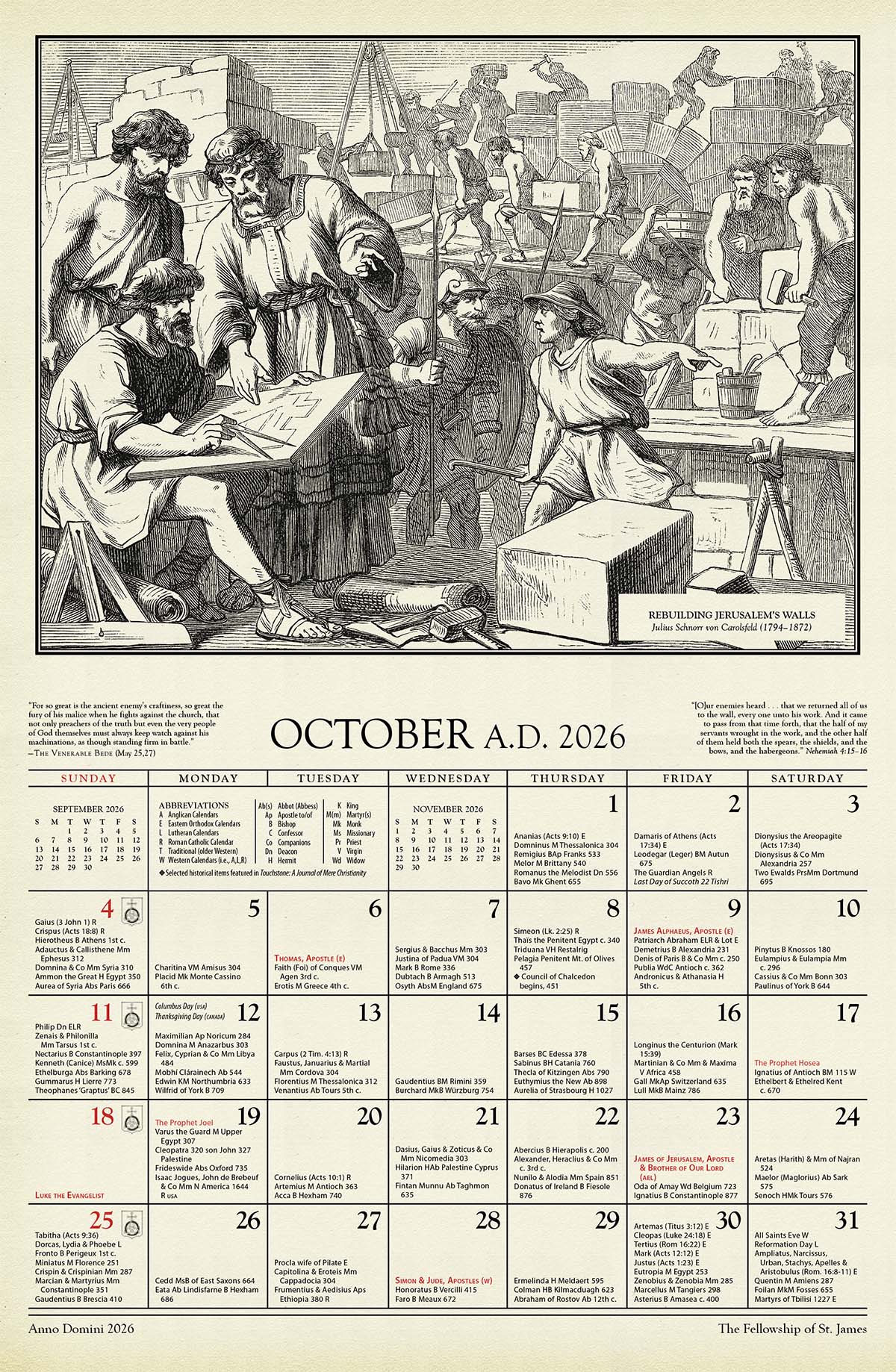Maze Craze
Labyrinths Latest Fad for Spiritual Seekers
by Mark Tooley
It’s the latest fad in spirituality. Labyrinths, or maze-like circular walking paths intended for meditation, are appearing in hundreds of churches across the country from every denomination. Even hospitals, town squares, the Smithsonian Institution, and the US House of Representatives office building have opened their doors to the labyrinth.
Actually, a labyrinth is not literally a maze. Mazes have many paths, with dead ends and multiple destinations. A labyrinth consists of a single winding path that leads to the center. In the current craze, the labyrinth is usually printed on a piece of canvas thrown down on the floor of a church meeting hall. But more permanent labyrinths are constructed of raised earth, granite, or wood, sometimes at a cost of hundreds of thousands of dollars. Walkers of the labyrinth move through it in a meditative state.
Is the labyrinth inherently New Age or can orthodox Christians embrace it as an acceptable tool for prayer and meditation? The labyrinth has its origins in ancient pagan rituals, most famously at Knossos in ancient Crete, where one was located in the basement of the famous palace where the man-eating Minotaur was said to roam. The mythic hero Theseus journeyed through the labyrinth to slay the creature, which had a human body and the head of a bull. Theseus’s double-headed ax was called a “labrys,” hence the name. Other labyrinths in ancient cultures were tied to fertility rites and goddess worship.
But the example most enthusiasts cite is the labyrinth embedded in the floor of the medieval Chartres Cathedral in France. There is speculation, but seemingly no firm evidence, that ancient or medieval Christians literally walked through labyrinths, at Chartres or elsewhere. Its advocates within the Christian Church today like to portray labyrinth walking as a “rediscovery” of a lost form of Christian spirituality.
Some proponents believe that medieval Christians walked through labyrinths as a substitute for pilgrimages to the Holy Land. To support their theory, they point to the placement of labyrinths on cathedral floors as opposed to walls or ceilings. Labyrinths in medieval cathedrals and churches almost certainly had symbolic meaning, although documentation is scarce to nonexistent. One possibility is that the ancient Greek myth was Christianized, so that the Minotaur represented the devil, and Theseus represented the victorious Christ. Doreen Prydes, a professor of medieval history at the University of Notre Dame, says there is absolutely no evidence of labyrinth walking in the Middle Ages. She believes that Christians of that era saw the labyrinth as a symbol of redemption, not pilgrimage.
A Big Open House
The mother of the modern labyrinth movement is Lauren Artress, canon of Grace Cathedral in San Francisco. In her public speaking, she is sometimes vague about the theological implications of the labyrinth, which she calls a “big spiritual open house.” Artress, who is also a psychotherapist, speaks more often in the lingo of Jungian psychotherapy than of traditional Christian practice. For her, the labyrinth is for the “transformation of human personality in progress” that can accomplish a “shift in consciousness as we seek spiritual maturity as a species.”
Artress says she walked her first labyrinth at a seminar in 1991 with psychologist and mystic/channeler Jean Houston, who several years ago assisted First Lady Hillary Clinton in trying to contact the departed spirit of Eleanor Roosevelt. A subsequent visit to Chartres Cathedral, where the medieval labyrinth can still be seen in the floor, further encouraged Artress to write her 1995 book, Walking a Sacred Path: Rediscovering the Labyrinth as a Spiritual Tool, and to launch her national movement, based at Grace Cathedral.
Having become canon pastor at Grace Cathedral in 1986, Artress established “Quest: Grace Cathedral Center for Spiritual Wholeness,” whose goal is to construct “understanding” between the traditional Church and “nontraditional forms of spirituality.” She calls her discovery of the labyrinth one of the “most astonishing events of my life.” For her, the labyrinth is a “spiritual tool meant to awaken us to the deep rhythm that unites us to ourselves and to the Light that calls from within.”
Mark Tooley directs the United Methodist committee of the Institute on Religion and Democracy (www.ird-renew.org) in Washington, D.C.
subscription options
Order
Print/Online Subscription
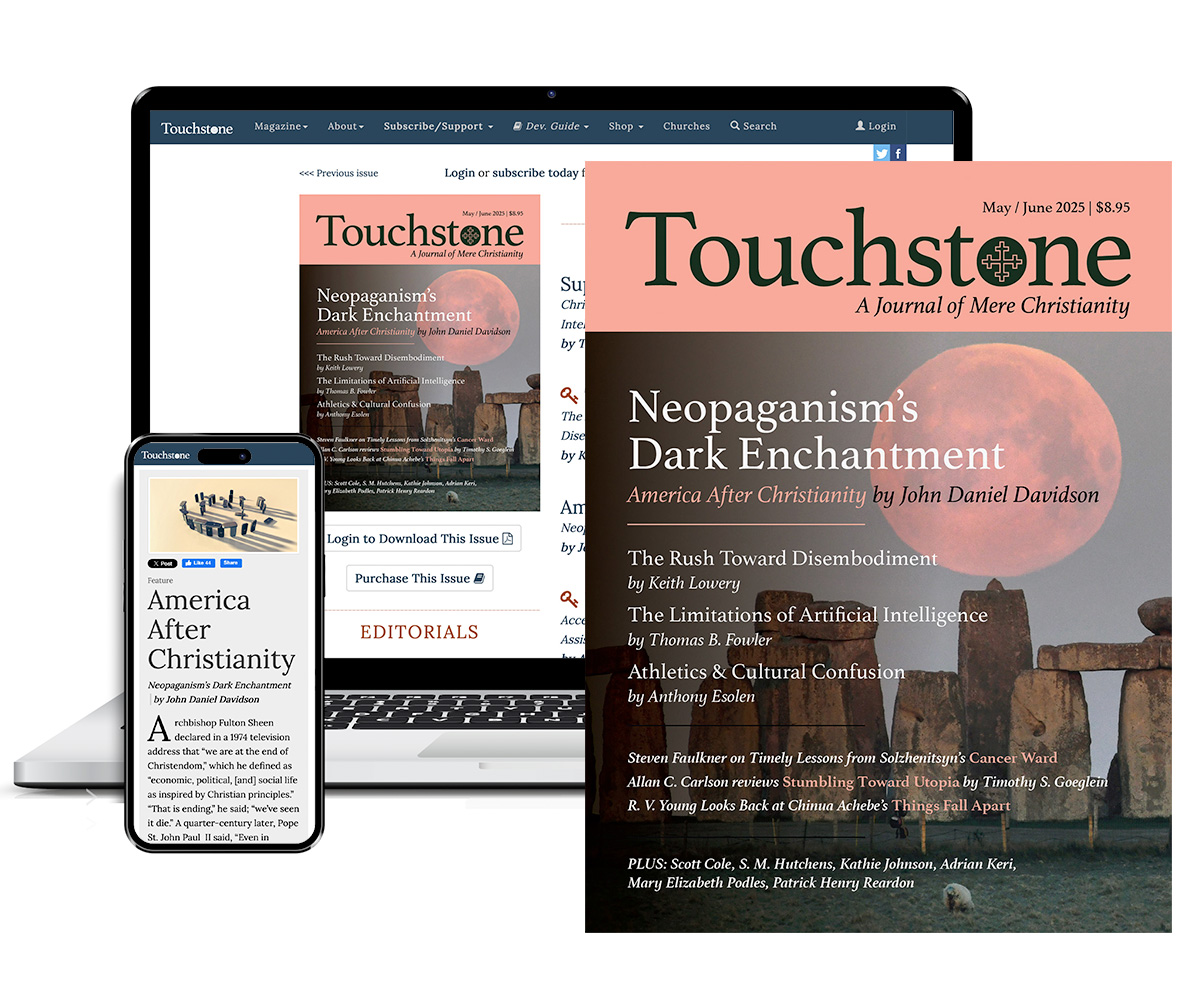
Get six issues (one year) of Touchstone PLUS full online access including pdf downloads for only $39.95. That's only $3.34 per month!
Order
Online Only
Subscription
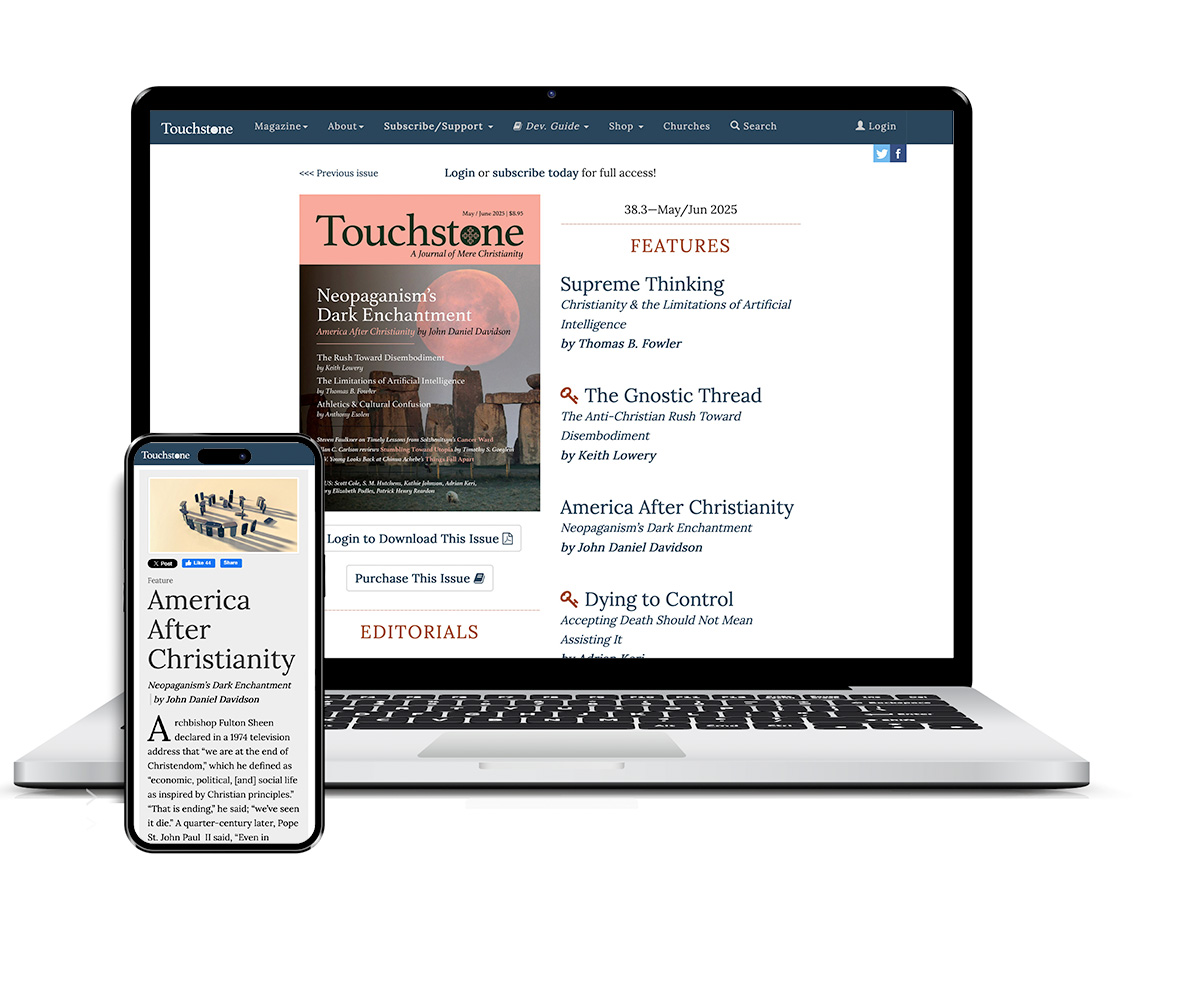
Get a one-year full-access subscription to the Touchstone online archives for only $19.95. That's only $1.66 per month!
bulk subscriptions
Order Touchstone subscriptions in bulk and save $10 per sub! Each subscription includes 6 issues of Touchstone plus full online access to touchstonemag.com—including archives, videos, and pdf downloads of recent issues for only $29.95 each! Great for churches or study groups.
Transactions will be processed on a secure server.
more from the online archives
calling all readers
Please Donate
"There are magazines worth reading but few worth saving . . . Touchstone is just such a magazine."
—Alice von Hildebrand
"Here we do not concede one square millimeter of territory to falsehood, folly, contemporary sentimentality, or fashion. We speak the truth, and let God be our judge. . . . Touchstone is the one committedly Christian conservative journal."
—Anthony Esolen, Touchstone senior editor




